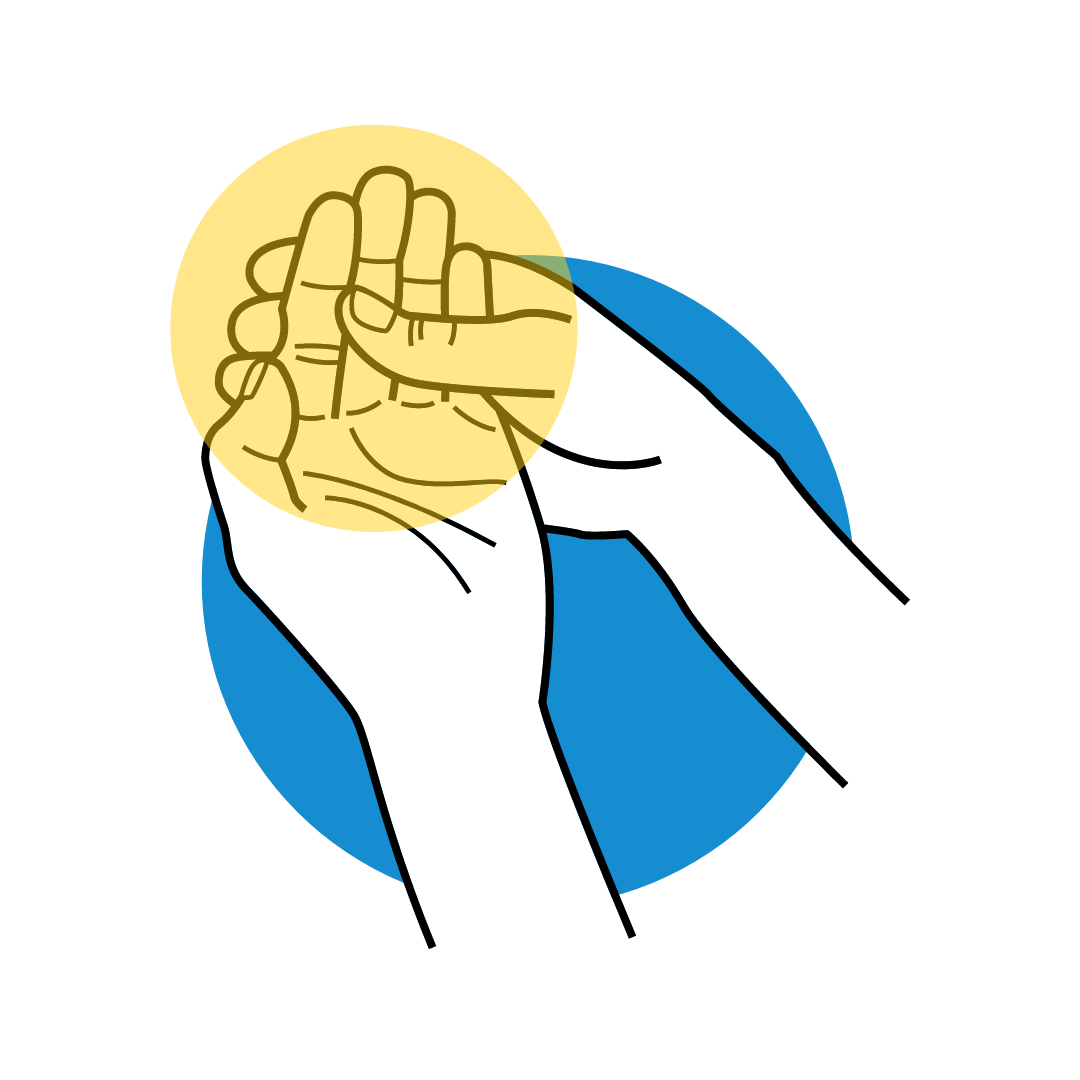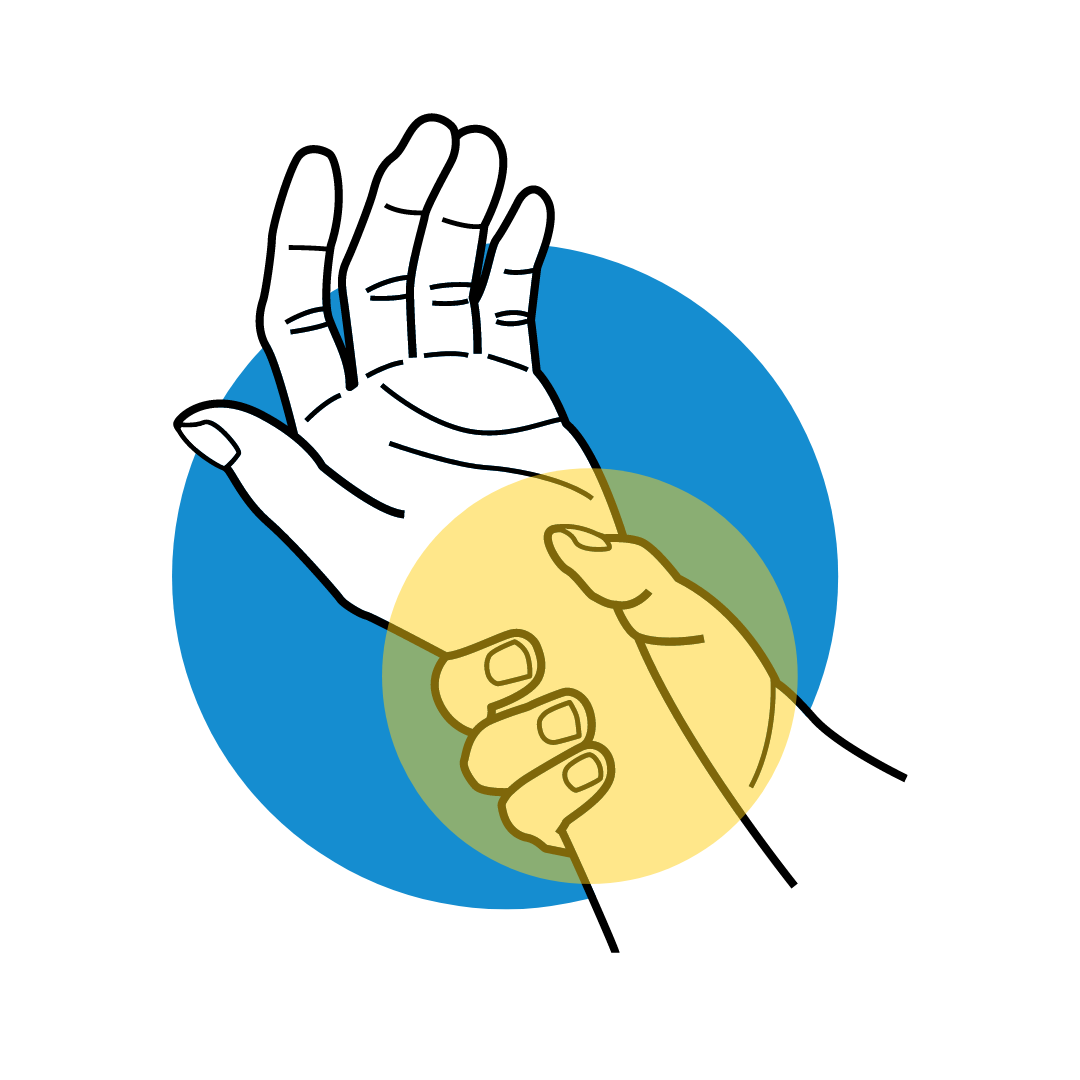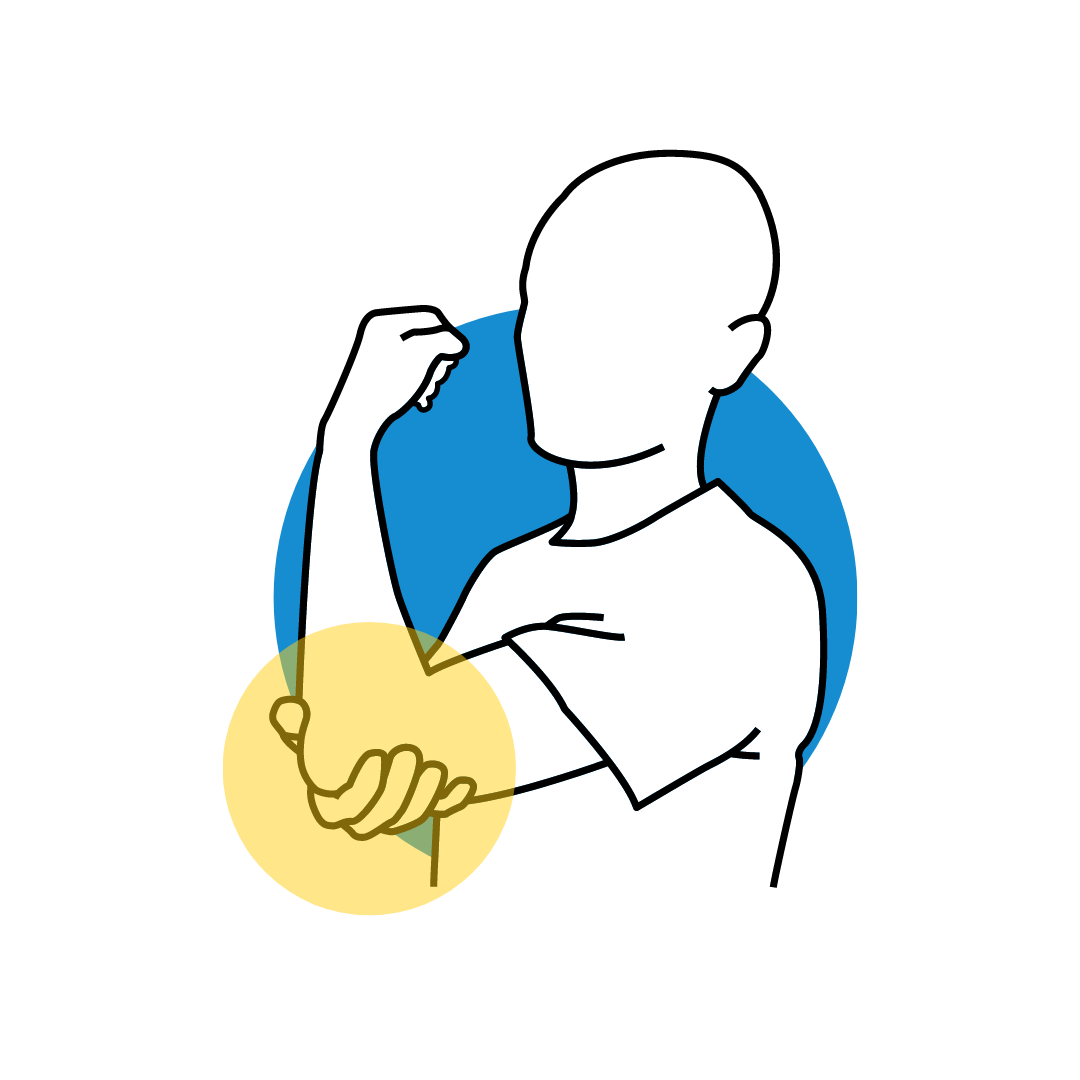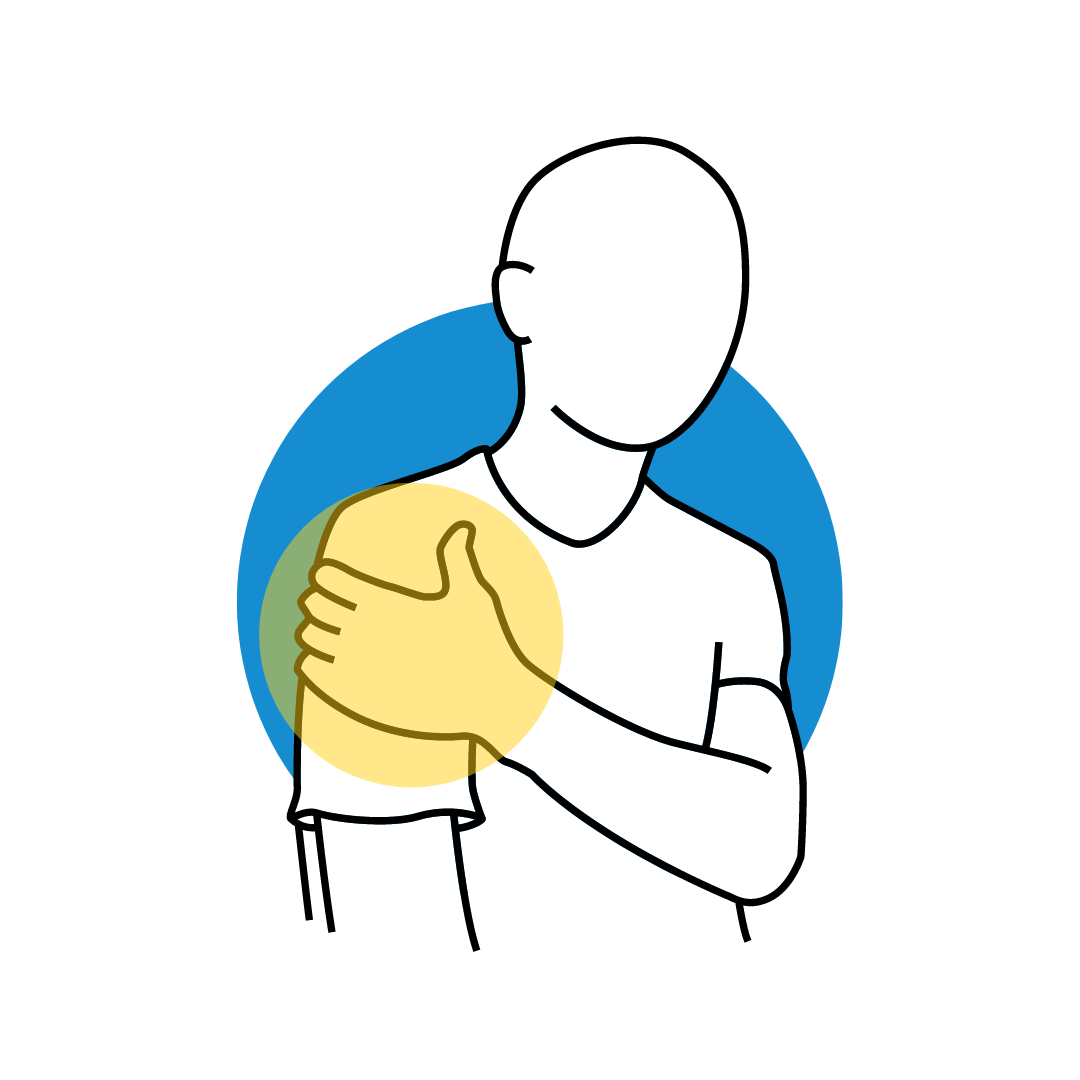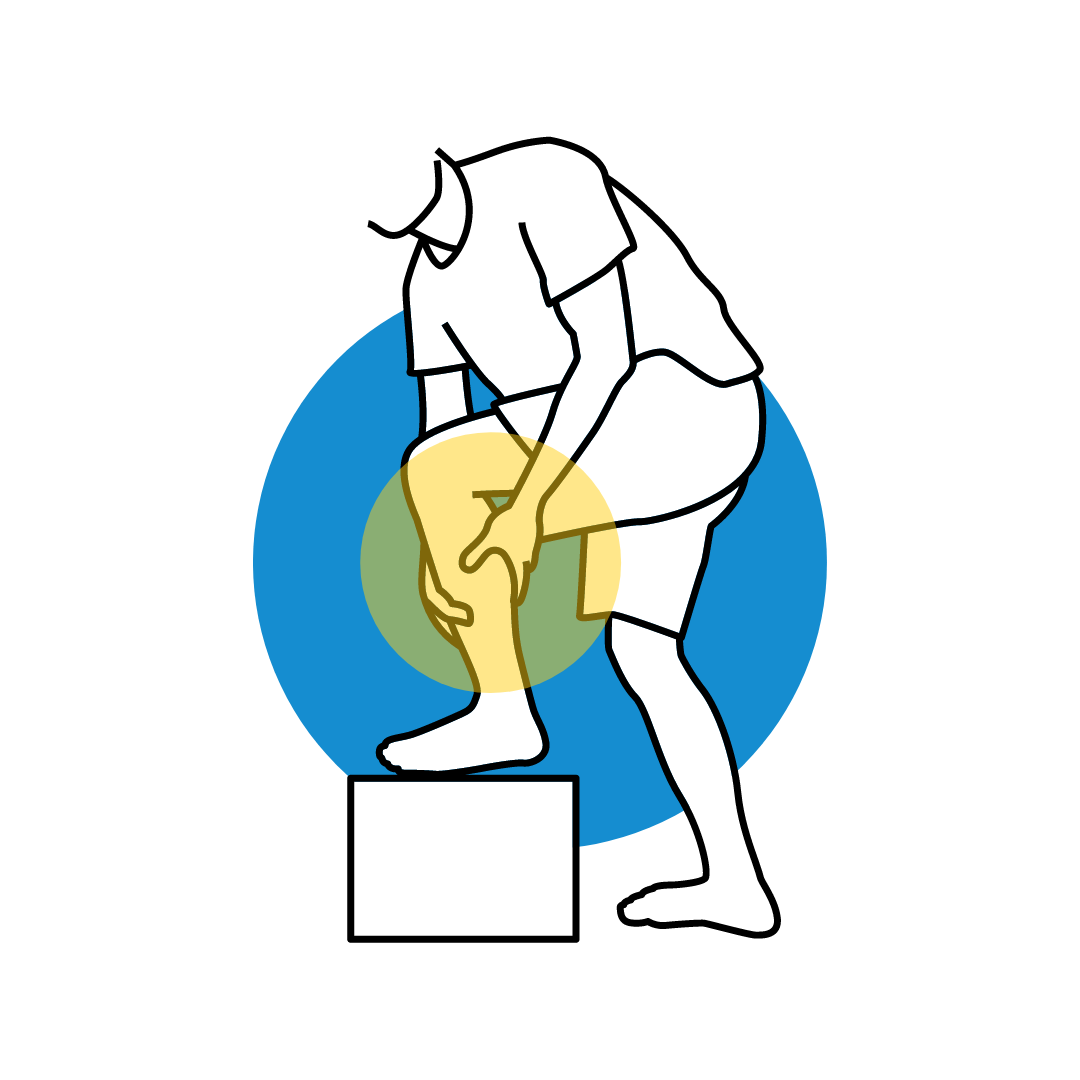The shoulder’s wide range of motion enables you to perform many activities. But with this mobility also comes an increased risk of injury. Trauma to the shoulder can result in the head of the humerus, also known as the “ball” of the glenohumeral joint, to slip partially or completely out of its socket, resulting in an injury better known as a dislocated shoulder.
Very often, a dislocated shoulder can simultaneously cause stretching or tearing of ligaments in the shoulder that help keep the head of the humerus in its place. This leads to a condition known as shoulder instability, increasing the likelihood of repeat shoulder dislocations. If you’re dealing with a painful dislocated shoulder or shoulder instability, Mirza Orthopedics on Long Island is here to provide compassionate care and expertise. Whether your condition can be treated with nonsurgical options or is more severe and requires surgery, Dr. Justin Mirza will tailor a dislocated shoulder treatment plan for your needs.
What causes shoulder dislocations?
Dislocated shoulders are most often the result of a traumatic injury involving a sudden blow to the shoulder. This type of injury may occur in a sports-related context, especially contact sports like football, hockey, and rugby. In addition, car accidents and falling on the shoulder can also force the bones out of place.
Unfortunately, once you have suffered a traumatic shoulder dislocation, you are more likely to suffer a repeat dislocation. The incidence of recurrence is especially high among children who have suffered a dislocation before the age of 10.
You may be more likely to suffer from a dislocated shoulder if:
- You participate in contact sports or activities that can lead to a high-impact shoulder hit (which includes falling on the shoulder), such as football, hockey, rugby, skiing, and snowboarding
- You suffered a traumatic shoulder dislocation before
- You have a shallow glenohumeral joint socket, weak shoulder muscles or loose shoulder ligaments
Gender and age can also play a role in the likelihood of shoulder dislocation. The majority of shoulder dislocations occur in males and around half of all cases involve patients who are between the ages of 15 and 29. A dislocated shoulder sometimes occurs in conjunction with a shoulder fracture or rotator cuff injury.
What are the symptoms of a dislocated shoulder?
If you have suffered a shoulder dislocation you will likely experience:
- Intense shoulder pain
- Inability to move the arm or shoulder
- A visibly deformed shoulder
- An arm that’s rotated outwards
- The sensation of a “dead arm”
- Swelling or bruising
- Spasms in the shoulder muscles
What does dislocated shoulder treatment entail?
If you believe you have a dislocated shoulder, it is important to seek medical help right away. While waiting for medical evaluation, you should keep the shoulder stabilized in its current position to prevent any movement. Ice can be applied to help with pain and swelling.
Dislocated shoulder treatment will commonly involve conservative treatments including:
- Closed reduction by an orthopedic specialist for repositioning the shoulder bones back into their proper positions
- Immobilizing the shoulder with a sling
- Taking anti-inflammatory medications and/or muscle relaxants
- Completing a physical therapy or rehabilitation program to restore strength, stability, and range of motion to the shoulder
In cases where a dislocated shoulder is more severe and involves damage to surrounding tissue and nerves, shoulder dislocation surgery may be necessary. This is particularly common when a patient has suffered from recurrent shoulder dislocations and is likely to experience future dislocations due to shoulder instability.
What causes shoulder instability?
Shoulder instability is caused when the ligaments and muscles in the shoulder that help keep the ball of the glenohumeral joint tightly in its socket become loosened or stretched. As a result, the joint becomes unstable and the bone is able to slip completely or partially out of its socket.
Shoulder instability commonly develops as the result of a traumatic shoulder dislocation, but in some cases, the stretching and loosening of the ligaments can be caused by repetitive strain on the shoulder.
You may be more likely to develop shoulder instability if:
- You participate in sports or activities that require repetitive overhead arm motions, such as baseball, softball, weightlifting, tennis, and swimming
- Your occupation requires repetitive overhead arm motions, such as painting or construction work
- You have hypermobility in the joints (double-jointed)
- You have a family history of joint instability
- You suffered from a fall on an outstretched arm
- You suffered a traumatic shoulder dislocation
Young athletes are particularly prone to chronic shoulder instability due to the repetitive stress that sports can place on their immature bones and joints and their already flexible connective tissues.
What are the symptoms of shoulder instability?
If you have shoulder instability you may experience:
- Limited range of motion
- Pain or discomfort during any activities that involve moving the joint through its full range of motion
- Clicking or popping in the shoulder when it moves
- Muscle weakness in the arm
- Numbness or tingling in the arm
- Recurrent partial or complete shoulder dislocations
What does shoulder instability treatment entail?
Symptoms of shoulder instability can often be improved with conservative treatments including:
- Resting the shoulder
- Temporarily immobilizing the shoulder with a sling
- Taking anti-inflammatory medications
- Completing a physical therapy or rehabilitation program to strengthen the muscles that stabilize the joint
Depending on the severity of your shoulder instability along with your age and activity level, shoulder instability surgery may be recommended. The two common types of shoulder instability surgery are the capsular shift and Bankart repair.
Surgery to repair shoulder instability involves re-attaching and/or tightening the ligaments that stabilize the glenohumeral joint to prevent future dislocations. Both surgeries can be performed arthroscopically via small incisions.
If you have suffered a traumatic shoulder dislocation or you are exhibiting symptoms of shoulder instability, our Long Island orthopedic shoulder specialists and dislocated shoulder doctors can help relieve your discomfort and get you back to your active life pain-free. Contact Mirza Orthopedics to schedule an appointment today.

